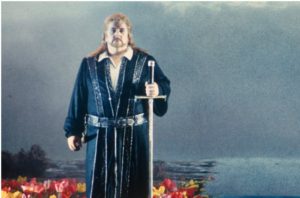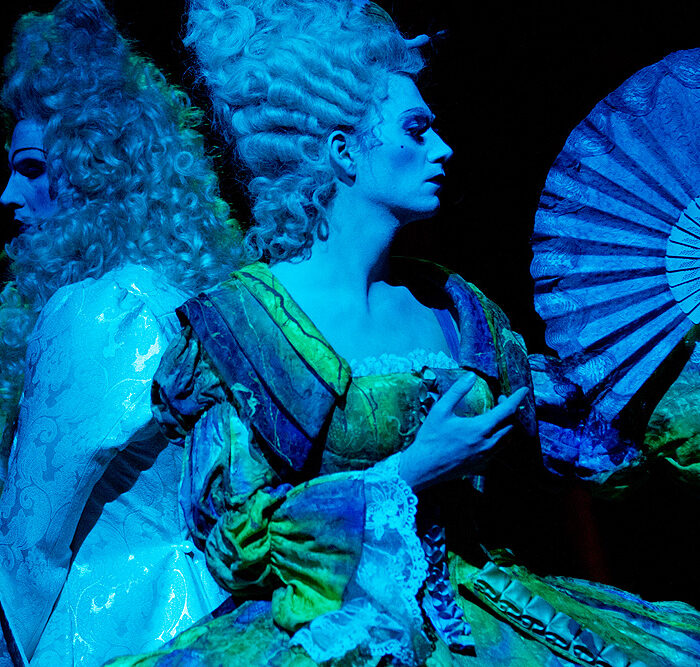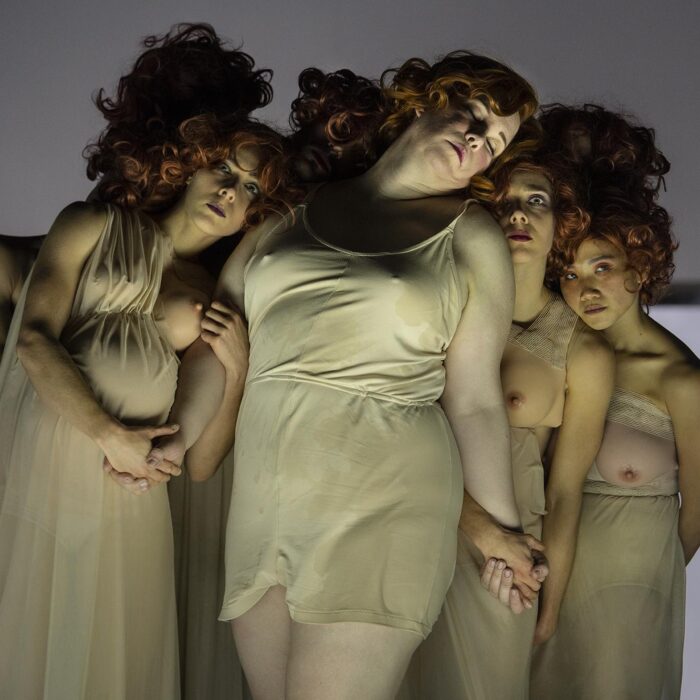
Opera Profile: Wagner’s ‘Lohengrin’
By Logan MartellPremiering on August 28, 1850, Richard Wagner’s ‘Lohengrin’ is steeped in medieval Christian and Germanic folklore. This tale, drawing upon the tradition of the Holy Grail, enamored King Ludwig II of Bavaria, who would give Wagner the patronage to fund the construction of the Richard-Wagner-Festpielhaus.
Short summary:
At a gathering of the Germanic clans held in Brabant, King Henry the Fowler reviews the case brought forth by Count Telramund. The count accuses Elsa of murdering her brother, the late child-duke Gottfried, so that she can usurp the throne of Brabant. Because Elsa is too grief-stricken to give her legal defense, the king makes the case a trial by combat. Having no champion to defend her honor, Elsa prays for a savior she saw in a dream when a swan-drawn boat arrives at the castle.
The mysterious knight pledges his sword and heart to Elsa, on the condition that she never ask the knight his name. She accepts, and the knight, who asks to be known as “the Protector of Brabant,” easily defeats Count Telramund in single combat. After he spares Telramund’s life, the latter is banished from Brabant along with his wife, Ortrud. Convincing her husband that they will become Duke and Duchess of Brabant, Ortrud and Telramund return at Elsa’s wedding ceremony to try and force her to break the terms of her promise with the Protector of Brabant.
Elsa’s faith remains firm until, after the wedding ceremony, the creeping words of Ortrud began to wear on her. Desiring above all else to know her lover’s name, Elsa asks the knight the question of his identity. Following a final attack from Telramund, where he is finally slain, the Protector of Brabant takes Elsa before the king to reveal his identity. The knight is no other than Lohengrin, son of Parsifal, and a knight of the Holy Grail. As per the rules of his order, Lohengrin was sent to provide a strong ruler for Brabant and preserve its Christian tradition, so long as his name and origin were never questioned.
As Lohengrin readies to depart to the castle whence he came, Ortrud spitefully reveals that the swan which drew his boat is Gottfried, the missing child-duke and Elsa’s brother, having been cursed by the wife of the slain count. While Lohengrin’s prayer undoes Ortrud’s curse, thus giving Brabant a rightful duke, his departure fills Elsa with such grief that she dies of a broken heart.
Famous Musical Numbers:
The most famous song of this opera is undoubtedly the “Bridal Chorus” which has gone on to become a staple at western weddings. Though we hear hints of its motif after the duel in Act I and through the ceremony in Act II, it is at the beginning of Act III where we hear the tune so often hummed by hopeful lovers readying to tie the knot. Its placement reinforces the theme of love being the reward for unwavering faith.
The opera also has a plethora of duo-scenes (or duets) that provide the structural hallmark of the opera. First up is the duo between Telramund and Ortrud, followed swiftly by Ortrud’s interaction with Elsa. Finally, the opera offers up a remarkable love duet between Elsa and Lohengrin that was an inspiration for many such passages thereafter, including “Gia nella notte densa” from Verdi’s “Otello.”
Lohengrin’s “Im fernem land” is arguably the most famous solo passage of the entire opera, often sung by major tenors at outside of the context of the opera.
Watch and Listen
The opera has had a plethora of great interpreters, including tenor Plácido Domingo and soprano Cheryl Studer. Here they are performing in Vienna.
Categories
Opera Wiki

